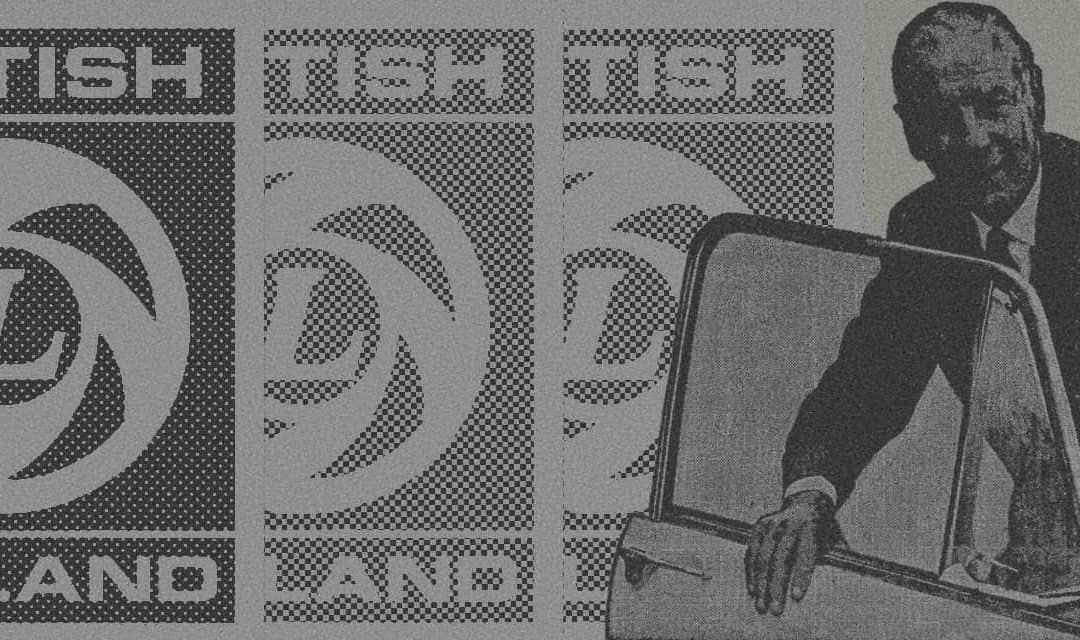‘One Of The Main Criticisms Has Been Too Many Models, Too Little Market Research. That’s All Bunkum’
Sir George Harriman, chairman of British Leyland Motor Corporation, talks to GEOFFREY CHARLES, Motoring Correspondent, about the company’s plans
Sir George Harriman pointed from the window of his Longbridge office. “That”, he said, “is the answer to our critics, at home and abroad. That’s what they should see-and it’s happening all the time.” From B.M.C.’s assembly plant poured an unending stream of thickly waxed cars, every one of them with left-hand drive, heading for the docks.
The new chairman of British Leyland Motor Corporation was driving home why B.M.H. and Leyland were convinced that greater profitability would flow from cooperation in world markets than from the competition that preceded their merger.
Exports, export organisation, overseas marketing, overseas assembly, investment abroad-in all these areas British Leyland is preparing to leap ahead, he emphasises. B.M.C., as the main volume-producing subsidiary of B.M.H., is already solidly established, with a total export turnover of ú1,907m., representing 4,750,000 vehicles, since the war: over 500,000 more than any other British manufacturer.
In 1966-67, B.M.C.’s exports added up to £147m., with 314,554 vehicles sold abroad last year (including 76,000 of overseas manufacture), having risen from under 150,000 in 1952.
B.M.C. and Jaguar’s overseas marketing organisation, still being streamlined under B.M.H., is an export network of 550 B.M.C. distributors and 5,800 dealers covering 160 world markets, with Jaguar, Daimler and Guy vehicles being sold in over 100 markets, through 152 distributors and nearly 900 dealers.
How will British Leyland develop on the marketing side?
“Again, particularly in export areas”, says Sir George. “Taking the whole range-B.M.C. cars, Jaguars, Triumphs, Rovers, and especially sports cars-we can build up far stronger dealers with this comprehensive stable. Whereas in some countries they may have been selling British cars and some competitors’ cars to maintain their strength, they will have a complete, all-British range to offer.
The same applies on the commercial vehicle side, with B.M.C. trucks running up to eight tons, and Guy, Leyland, Scammell and Albion up to 150 tons. “So in trucks we now have the most comprehensive range of any manufacturer-vitally important when you’re selling to big transport operators who want an entire range from one British company-and with big profitability.
“Since many of the large operators do their own maintenance, this will cut down their stock inventory and simplify mechanics’ training.”
More than 40 per cent of the British motor industry’s exports today are in c.k.d. (completely knocked down) form, for local assembly, and here again, on the whole, the two groups will work together where before they competed.
Some 34 per cent of B.M.C. cars and trucks currently exported are unassembled, or in component form for assembly, in plants in 55 countries. But in a number of projects B.M.C. has moved beyond assembly to the manufacturing stage (reached when over 50 per cent of the material value of a vehicle is accounted for by locally made components in the country of assembly).
So B.M.C. cars are now being manufactured in India (annual capacity, 25,000 units); Argentina (20,000), Spain (85,000), Australia (55,000) and Italy (50,000), while their car assembly markets, including several projects moving towards full manufacture, are: Malta (annual capacity, 700), Portugal (10,000), Philippines (2,500), Chile (2,000), Eire (18,000), Belgium (15,000), New Zealand (20,000), South Africa (20,000), Rhodesia (5,000), and Turkey (13,000).
B.M.C. commercial vehicles are being assembled in a further 40 countries.
Following its first world sales conference in New York last April, B.M.C. is reorganising its export side, aiming at creating marketing centres in at least seven areas, each to have local autonomy-on the lines of B.M.C. Europe-under the control of directors on the spot, where the corporation dots not have its own subsidiary company.
The centres being set up over the next two years will include Central America, the Caribbean, South America, North Africa, the Middle East, Central Africa and Asia. There are already subsidiaries in Europe, the United States, Canada, South Africa, Rhodesia, and Sweden.
An intensified sales drive in Europe is being directed by Mr. Filmer Paradise, head of B.M.C. Europe, based in Lausanne. He aims to raise exports to the Common Market from 65,000 units last year to at least 100,000 in 1968. In Africa the target is 60,000 (48,000 in 1967), while in North America, where B.M.C. and Jaguar salts operations hays been merged for greater strength and economy, sales are planned to rise from 40,000 last year to 50,000 this year and 100,000 within three years.
Do you feel that there are any misconceptions about the B.M.H.-Leyland marriage?
“One of the main points of criticism-misunderstanding if you like-has been that we have too many models, have been lacking in market research, and so on. That’s all bunkum. Nor has due credit been given for our export performance and what had happened before devaluation.”
He does not question the need for, or even certainty of, greater rationalisation of models, once B.L.M. gets into its stride.
“Certainly rationalisation comes into our plans. We shall do as much as we can, in line with the competitiveness of the product, which is what we have been doing within B.M.C.”
Sir Donald Stokes, deputy chairman, managing director and chief executive of B.L.M., has already forecast the dropping of some unprofitable lines, coupled with a move towards the General Motors type of integration and more new models.
He is unlikely to be disappointed at what B.M.C. and Jaguar have in their pipelines. Longbridge’s engineering and development teams are straining at the leash to be given the green light for a project programme that could put them way ahead of their competitors during the next 10 years, with new models, new power units, more advanced, refined engineering, and revolutionary styling.
Perhaps one of the biggest misconceptions about B.M.C. is that there is stagnation on the engineering and design side-an idea that is exploded when one goes behind Longbridge’s locked doors, or looks dispassionately at the mass movement to front-wheel drive by nearly every major European manufacturer of family cars.
Since the B.M.C.-Jaguar merger, in December. 1966 (when B.M.H. was formed), collaboration and consultation have steadily increased between the two, with regular monthly meetings between the directors and engineering executives.
“But these are very early days in B.L.M.”, observes Sir George. “We haven’t yet got down to discussing the details on which everyone is speculating. Certainly anything on the engineering side will take two or three years to work out, but we have very close technical links and will be usinz all the brains available.”
Will you continue the policy of “badge engineering”?
“One must differentiate between badge-engineering and marques. Austin, Morris, Riley, Wolseley, M.G., Jaguar, and so on, are marques. If you take certain markets, South Africa, for instance, they prefer the name Austin in the family car line. In Australia they prefer Morris, in the United States M.G. So the marques are desirable, and in certain export markets where licences are issued, they are issued to specific names or marques. New Zealand is a good example, where the licence is for Wolseley.
“There’s nothing strange or illogical about this. One need only look at General Motors to see the equivalent: Buick, Cadillac, Chevrolet, Oldsmobile, Pontiac-this is exactly the same thing. The only advantage in having one name is perhaps in its repetitive impact, but you still come down to individual names for models.”
With B.M.H. employing more than 120,000 people, world-wide, including 106,000 in Britain, working in 32 factories with a total manufacturing capacity of 1,100,000 vehicles a year could the merger lead to redundancies?
“It should not create a single one. We are hoping to get away on an expansionist programme. The whole idea of a merger of this nature is to expand.
“If we don’t expand, we are not going to be competitive with the Americans, the Continentals or the Japanese. It’s as simple as that, and the point where we come back to the Government’s policies as affecting the motor industry and the country in general. . . .”
Looking eastwards, the merger must inject additional strength into both B.M.H. and Leyland to help them in their projects to car and bus-building plants in Russia and other east European countries. Sir George Harriman is heading a working party for Britain’s motor industry to negotiate with the Russians.
“I am waiting to go there very shortly “, he explained. “The stage we have reached is that there is to be an exchange of engineers, to study automatic transmissions, suspensions, and future engines-those three points have been agreed. But in the end will come a study of cars.”


